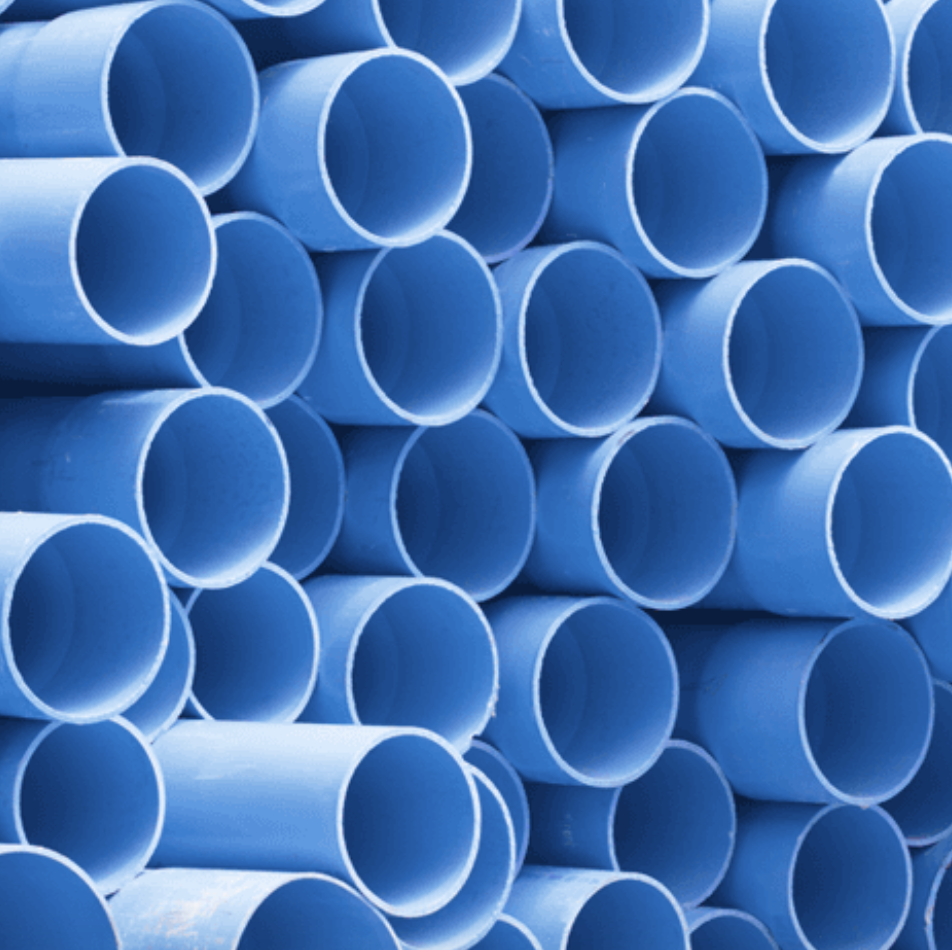Key Points/Overview
Free radicals from organic peroxide formulations are used to modify polymers to help them flow more easily in the molding operations used to form parts, such as caps for food and cosmetic jars. Free radicals also are useful in operations that create rigid fiberglass reinforced plastics, such as gasoline or chemical-resistant storage tanks.
The plastics and rubber industries are generally the most significant users of organic peroxides for polymer manufacture and modification to improve or add desirable characteristics like thermal stability.
A small number of organic peroxide formulations are used to sanitize medical instruments, meat cutting and packaging areas and laboratories.
Organic peroxide formulations are thermally unstable, and they self-react when exposed to certain temperatures. While some may be stored at normal ambient temperatures without any safety implications, others must be stored at cold temperatures. Following recommended storage and handling practices can effectively reduce the risks associated with handling organic peroxide formulations.
Uses & Benefits
Organic peroxides are used in the synthesis and modification of polymers, the creation of cross-linked materials (materials that are created by linking one polymer chain to another) such as elastomers, and in health care and sanitation applications. The principal use of organic peroxides is in polymer manufacture and modification. Modifying polymers can improve or add desirable characteristics like thermal stability.
Unlike most other chemicals, the useful purpose of organic peroxides is accomplished after they decompose. Upon decomposing, useful free radicals are formed. These free radicals are highly reactive and may be used to initiate the reactions that create plastic materials.

Polymers
Polymers that are typically synthesized with organic peroxides include low density polyethylene (LDPE), polystyrene (PS), polyvinyl chloride (PVC) and polyvinyl acetate (PVA), which may be used in a variety of applications, including food packaging films, egg cartons, vinyl siding and white glue, for example.
Free radicals from organic peroxide formulations are used to modify polymers, specifically polypropylene. The modified polymer flows more easily in the molding operations used to form parts, such as caps for food and cosmetic jars.

Automotive and aerospace gaskets and seals
Free radicals also are useful in operations that create rigid fiberglass reinforced plastics (FRP), such as gasoline or chemical-resistant storage tanks. Similarly, a variety of rubber materials are prepared for use in applications like gaskets and seals for automotive and aerospace industries.

Sanitizing
A small number of organic peroxide formulations are used in sanitation activities, such as those required in medical instrument cleaning, meat cutting and packaging areas, and laboratories.

Safety Information
Organic peroxide formulations are thermally unstable, which means they will self-react when exposed to certain temperatures. While some may be stored at normal ambient temperatures without any safety implications, others must be stored at cold temperatures. Following recommended storage and handling practices can effectively reduce the risks associated with handling organic peroxide formulations.
Hazards that may be associated with organic peroxide formulations include rapid decomposition due to high temperature or contamination with other chemicals, rapid burning and sensitivity to shock or friction, as well as potential human health hazards due to contact with eyes or skin or due to swallowing. Therefore, care is taken in classifying these formulations regarding storage and transportation.
Storage
Safe storage practices for organic peroxides prioritize incident prevention. Manufacturers of organic peroxides use strict safe handling procedures, which include storing organic peroxide formulations only in approved containers in well-ventilated areas, away from any sources of heat or flame and incompatible chemicals, and ensuring that these containers are kept at or below the maximum recommended storage temperature for the product.
Because organic peroxide formulations are thermally unstable, they must be stored at proper temperatures in accordance with the manufacturer’s instructions. Backup measures should be in place for organic peroxides that must be refrigerated in case the primary means of temperature control fails.
Certain organic peroxides are listed in Appendix A of the Process Safety Management (PSM) regulations (OSHA 1910.119), which is a List of Highly Hazardous Chemicals, Toxics and Reactives.2 Facilities that store or handle these materials in quantities exceeding the threshold limits must follow PSM requirements.
The details of storage facilities and fire prevention and protection measures may be found by consulting with the manufacturers and by reviewing guidance documents such as the National Fire Protection Association (NFPA) guideline NFPA 400.3
Health and environmental impacts
Organic peroxides decompose to form byproducts that may include gases consisting of small hydrocarbons and in some cases carbon dioxide. These hydrocarbons normally burn off in any fire that results from the organic peroxide decomposition, but some may be carried up by plumes of smoke (soot) that may form due to incomplete combustion.
Some organic peroxide formulations include diluents intended either to reduce the hazards or make them easier to use. These diluents may include odorless mineral spirits, water, inert solids or even polymer carriers.
In occupational settings, direct exposure to organic peroxides may cause eye, skin and/or respiratory irritation, as well as nausea, drowsiness or dizziness. Typical protective equipment includes eye protection and chemical resistant gloves, but some formulations may require the use of respiratory protection, in the absence of engineering measures. Consult the manufacturer’s Safety Data Sheet (SDS) for the specific concerns and mitigation measures.
Disposal
Organic peroxide formulations should be disposed as hazardous materials. They should not be discharged to sanitary sewers or discarded in the trash.4
Sources
- Canadian Centre for Occupational Health and Safety: https://www.ccohs.ca/oshanswers/chemicals/organic/organic_peroxide.html
- Occupational Safety and Health Administration: https://www.osha.gov/laws-regs/regulations/standardnumber/1910/1910.119AppA
- National Fire Protection Association: https://www.nfpa.org/codes-and-standards/all-codes-and-standards/list-of-codes-and-standards/detail?code=400
- Environmental Protection Agency: https://www.epa.gov/hw/defining-hazardous-waste-listed-characteristic-and-mixed-radiological-wastes


